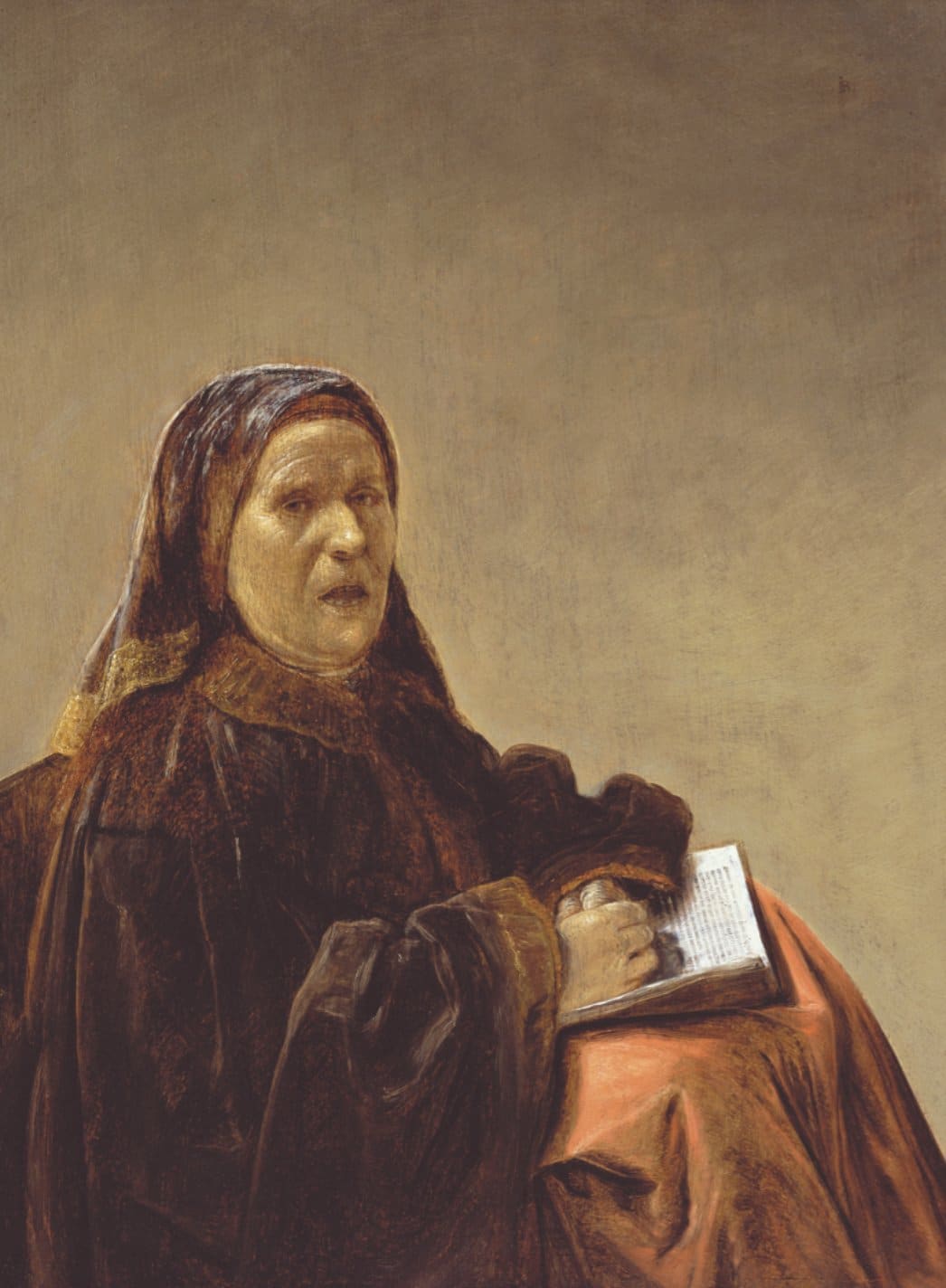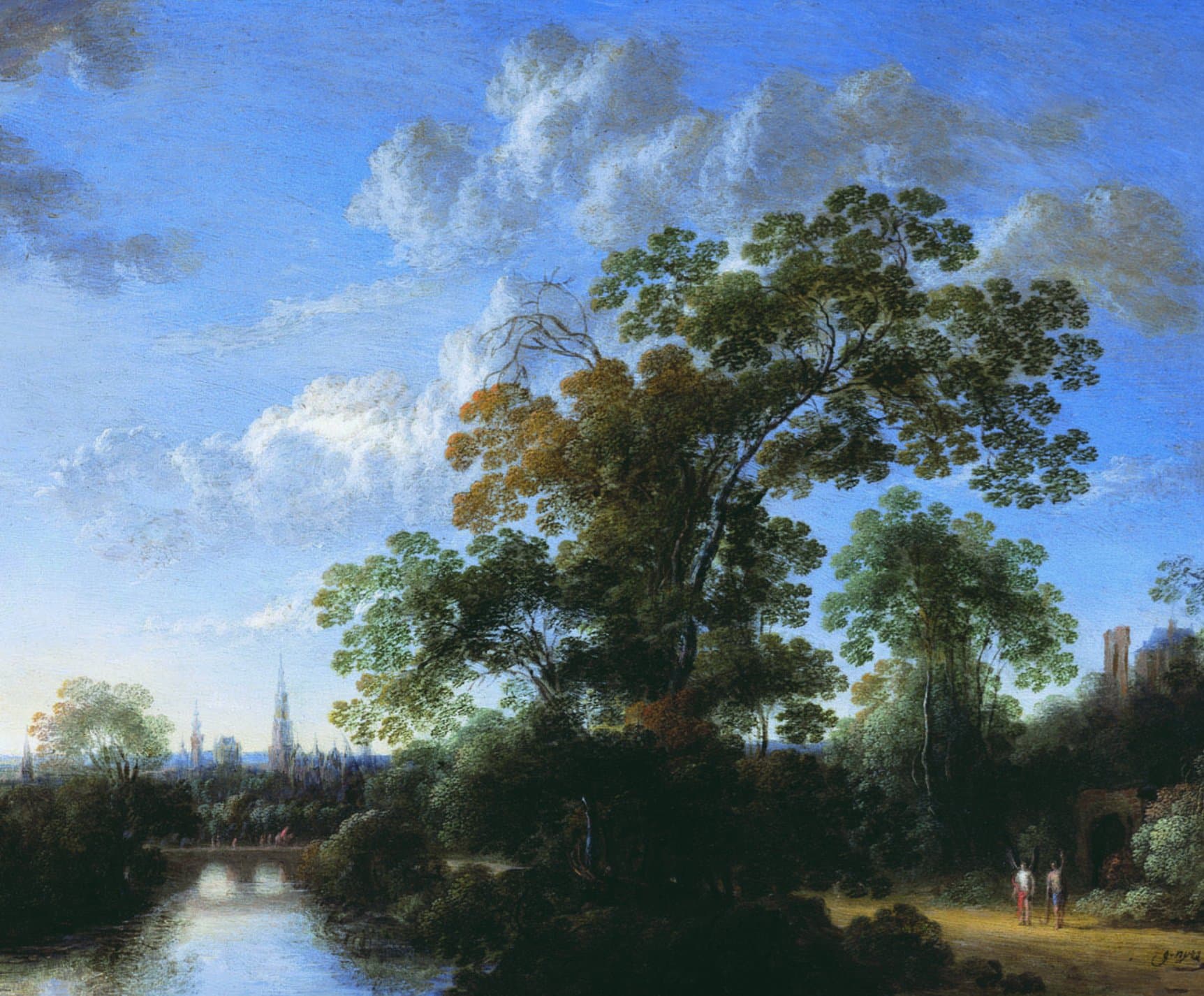Dr Suzanne van de Meerendonk, the new Bader Curator of European Art arrived a month ago from the Netherlands. Her position officially began on 16 November. Here, Kate Yüksel, Communications Coordinator, asks her a few questions putting a spotlight on her first month at Agnes.
What has it been like moving to Canada and starting a new job at this time?
Moving during a pandemic is certainly strange, but I am very happy to now be in Kingston and able to immerse myself in my new job and surroundings (as much as that is currently allowed, of course). Transitioning to a new place in the current moment means that I am often going about things in a seemingly reverse order. It is a time of many “virtual firsts.” During my quarantine period I studied Google Maps and watched YouTube videos of Kingston before physically exploring the city. I am also making many Zoom introductions to new colleagues who I will only eventually meet in person. And I made extensive use of our online collections database before ever seeing the artworks in our vaults. It will be great to see the campus and city come to life eventually, and I will probably only grasp the full spectrum of my new reality when that happens.
In these early days, what does a typical day look like for you and what are you currently working on?
Right now, I am working to get caught up with all the ongoing projects that I am involved in, and some inquiries that were on hold in anticipation of my arrival. I am lucky to land into a well-oiled machine where a lot of exciting developments were already set in motion by my colleagues and predecessor. For example, there are plans for a digital publication and existing opportunities to develop programming related to the Bader collection. These are initiatives that I will be able to help shape going forward and I am trying to think creatively about how to best pick up the threads. In tandem with that, I am familiarizing myself with everyone at Agnes, the collection and the university, so I have been setting up a lot of meetings to discuss the way in which my position has traditionally functioned and what everyone’s hopes and visions are for the future. Working at a university museum, I believe it is really important to get a good sense of what priorities exist for the different departments and stakeholders on campus and in the community. I have also been spending more time on-site with the collection. That has felt very special and underscores the privilege I have in caring for these extraordinary artworks.
What are you most excited about doing with the Agnes collection?
There are so many possibilities to be excited about! I think it would be really interesting to see if I can bring the European collection in dialogue with some of the other collections at Agnes in order to reveal unexpected parallels, or contextualize artworks in a way that provides a broader, more inclusive, and more global view of the early modern period. I am also often struck by how much of the visual and material culture of the past has been lost, and always try to look at the works that remain with us in the present through the lens of the vibrant and multi-sensory contexts they once formed part of. These were, for instance, performative, oral and musical traditions, or ephemera that were never meant to last. While those contexts can never be recuperated, I look forward to coming up with strategies to give audiences at least a sense of the larger cultural frameworks that existed in the historic regions from which our artworks derive, such as the seventeenth-century Netherlands. That is a time and place that for many of us is located at an almost unsurmountable distance in the past. But I would love to draw attention to the many connections that can be made between the historic developments of that century and some of the major ideologies and concerns of our present day, including the conditions of capitalism and colonialism. Collaborating with contemporary artists to help bring these connections into clearer focus, or to evoke the presence of art forms and perspectives that have not been preserved, is something I am very interested to explore.

Master IS, An Old Woman Singing, around 1638, oil on panel. Gift of Alfred and Isabel Bader, 2014

Gillis Neyts, Landscape with Tobias and the Angel, with a View of Antwerp in the Background, 1660s, oil on copper. Gift of Alfred and Isabel Bader, 2012
Have you found a favourite work in the collection?
I do not think I would ever be able to choose just one! One thinks immediately of our four Rembrandts, but I certainly have a soft spot for some of our lesser known works. Thanks to Dr Alfred Bader’s inclination to purchase qualitatively stunning works, even if undervalued at the time, the European collection is home to so many hidden gems—for instance a beautiful painting of An Old Woman Singing (around 1638) by the enigmatic Master IS, really exemplary works by Arent de Gelder such as Hannah Presenting Samuel to Eli (around 1710) or the small but completely vibrant Landscape with Tobias and the Angel, with a View of Antwerp in the Background painted on copper by Gillis Neyts (1660s). We also have a very dynamic works on paper collection that deserves mention, with fantastic prints by artists like Jan Sadeler I and Stefano Della Bella. Different works will speak to you differently at different moments, so I look forward to continuing to get acquainted with all the works in the European collection and beyond—and finding new favourites every day.
When will you have your first Agnes exhibition?
If all goes according to plan, my first exhibition will open in the Fall of 2021. Rembrandt and Company, curated by Queen’s Professor Dr Stephanie Dickey, continues to be on view until then. And you will likely see online programs related to the European collection announced in the meantime, so stay tuned!